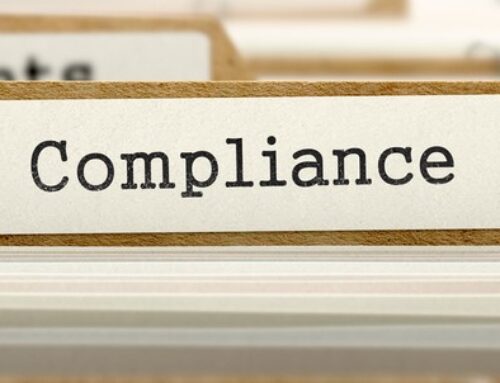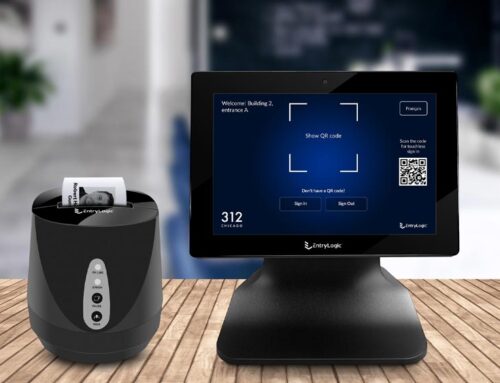Regulatory compliance refers to the process of adhering to laws, regulations, standards, and other requirements that apply to a business or organization. Business requirements can vary by industry, location, and size, and can include a wide range of topics, such as health and safety, data protection, visitor tracking, and financial reporting.
Businesses and organizations need to comply with regulatory requirements in order to conduct themselves in an ethical and responsible manner. Non-compliance with regulatory requirements can result in various consequences, such as fines, penalties, legal action, and damage to a company’s reputation. Organizations and businesses must therefore be aware of the regulatory requirements that apply to them and take the necessary steps to comply.
Here are several ways a visitor management system can help a business meet a wide range of regulatory requirements more efficiently and effectively, which also enhancing the security and reducing the risk of non-compliance:
1. Record and track visitor information: Many regulatory bodies require businesses to keep track and detailed records of who enters their premises. A visitor management system can help this by automating the collection and storing this information about each visitor, such as their name, date and time of visit, contact details, and reason for visit. This information can be used to verify identity of visitors and ensure that only authorized people are allows on the premises.
2. Health and safety compliance: Visitor management systems can also help a business comply with health and safety regulations by screening visitors for health-related concerns, presenting and acquirement acknowledgement to health and safety protocols, and detailed records for contact tracing.
3. Data security: Many regulatory bodies have strict requirements around data protection and privacy, such as PCI-DSS, SOC, and SOC2. Screening your visitors with a visitor management system can greatly aide in meeting these stringent requirements by storing visitor information and allowing access only to authorized personnel to sensitive areas or data.
4. Clarify expectations: By embedding a visitor agreement in your visitor registration process, it provides the ability to clarify expectations for their visit, such as what is expected from them in terms of behavior and conduct while on premises. This process ensures that visitors are aware of the rules and regulations they are expected to follow, which can reduce the risk of non-compliance. Using a visitor management system can provide a record of the terms and conditions that a visitor agreed to, which can be useful for demonstrating compliance with regulatory requirements.
5. Prepare for audits: Compliance audits are a mechanism to ensure businesses are adhering to relevant regulations and standards and to identify any areas of risk for improvement. Visitor management systems can assist by providing instant visibility to relevant documentations, such as acceptance to policies and procedures, detailed visitor data, and records of other compliance-related activities.
In the event that a business or organization fails to comply with relevant regulations or standards, it may be regarded as non-compliant. A visitor management system such as EntryLogic can streamline your processes, aid in compliance audits by demonstrating compliance, providing evidence of compliance efforts, enhancing security, and identifying and mitigating risk.
If you want to learn more about EntryLogic’s solution, you can Click Here to Watch On Demand Demo






